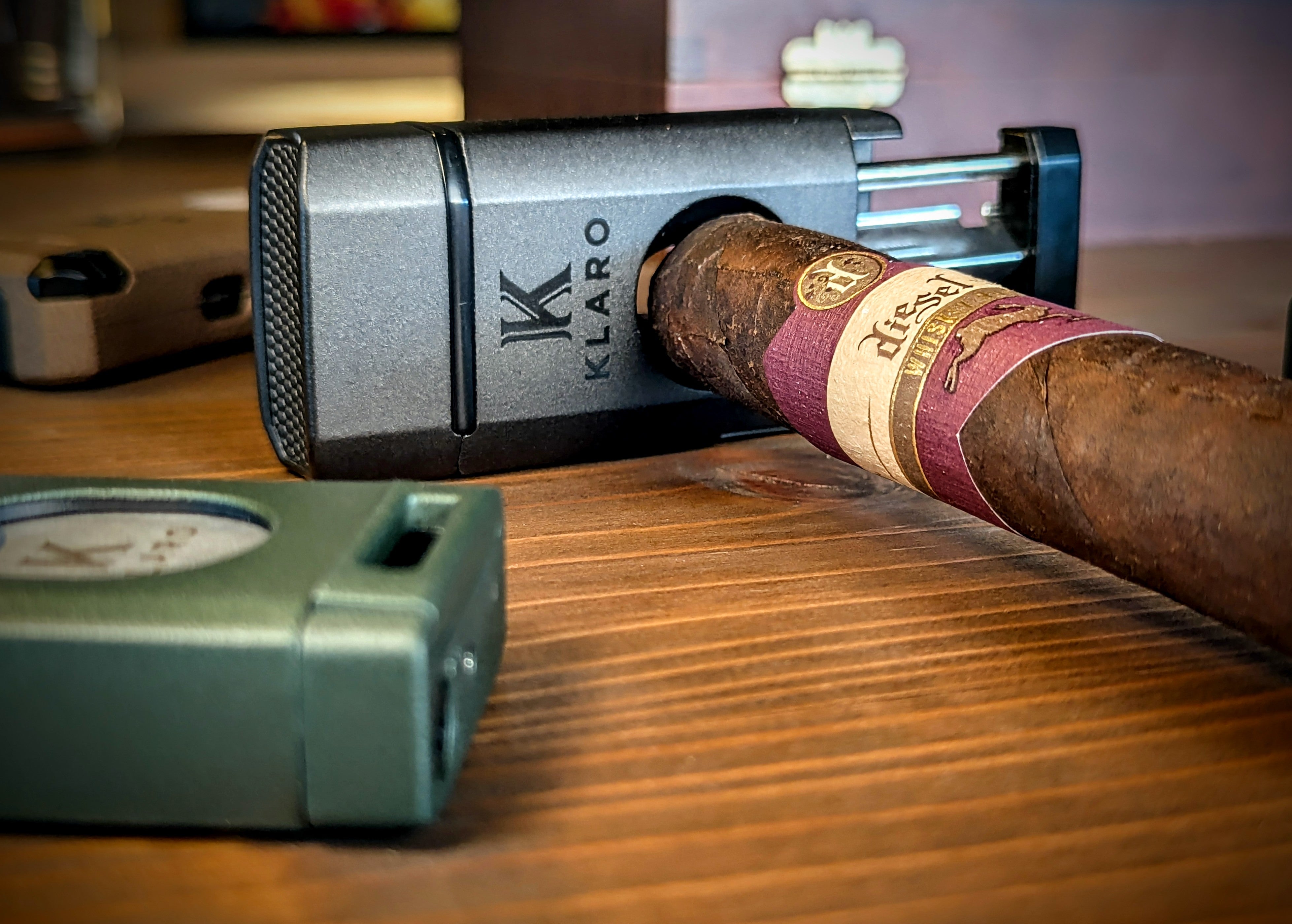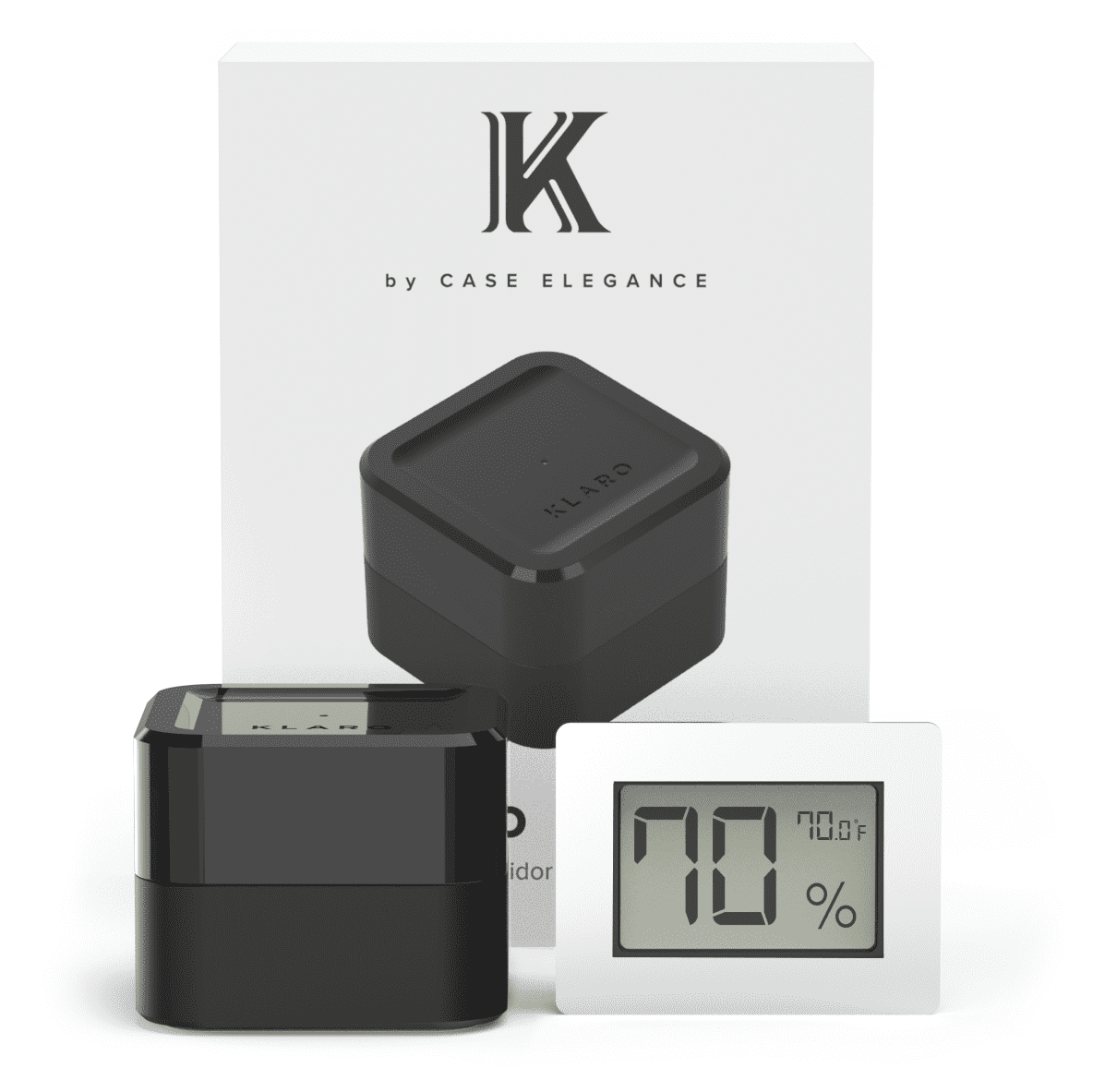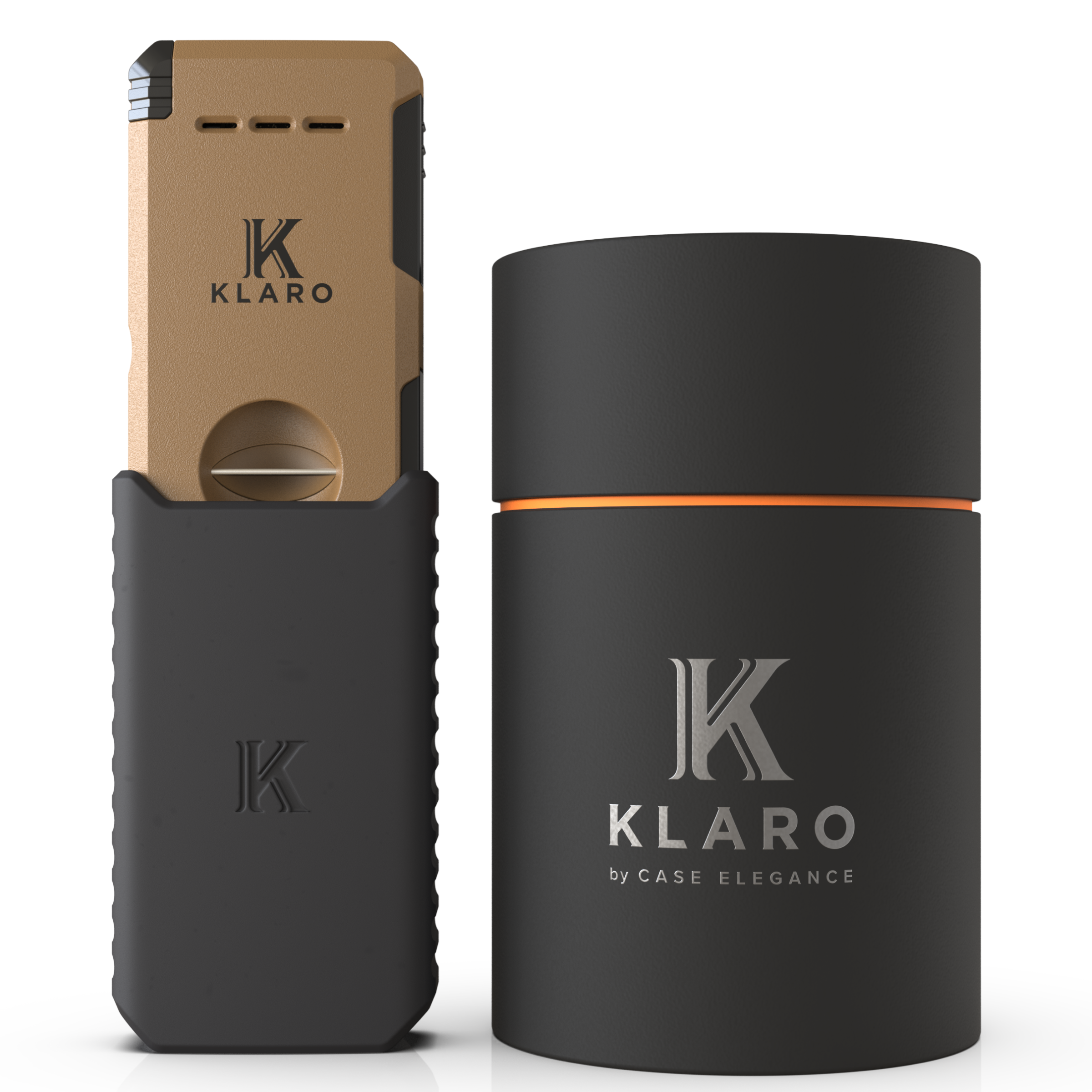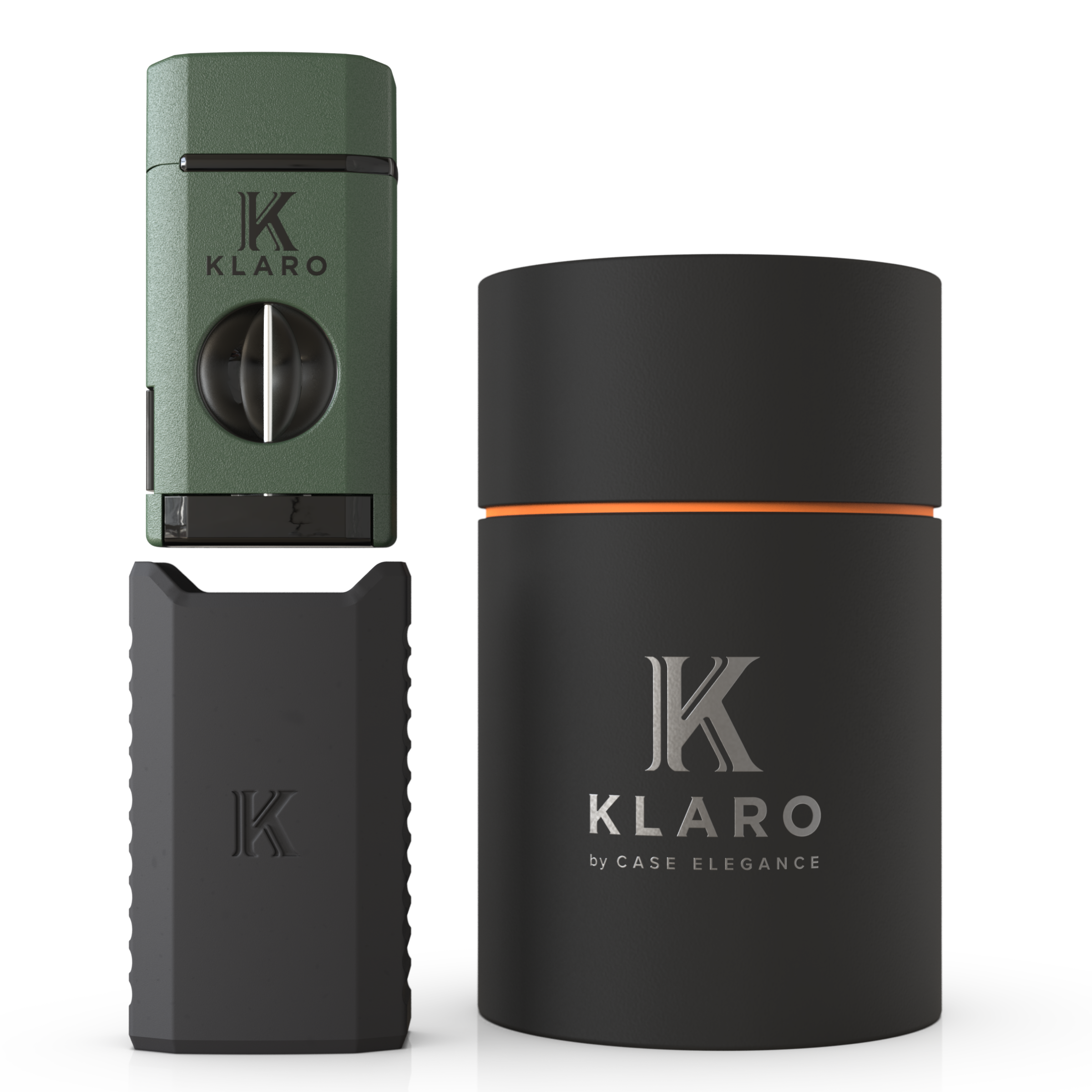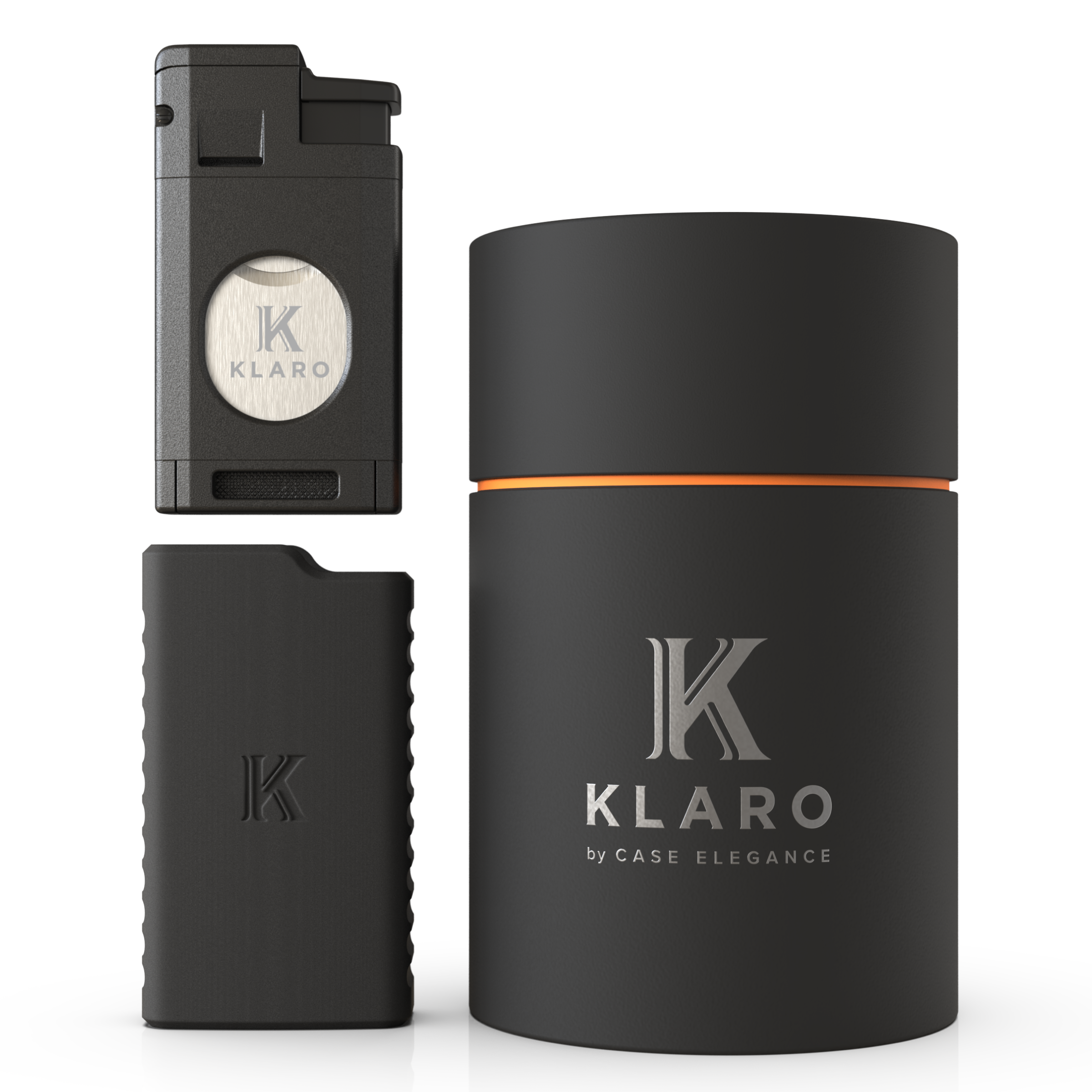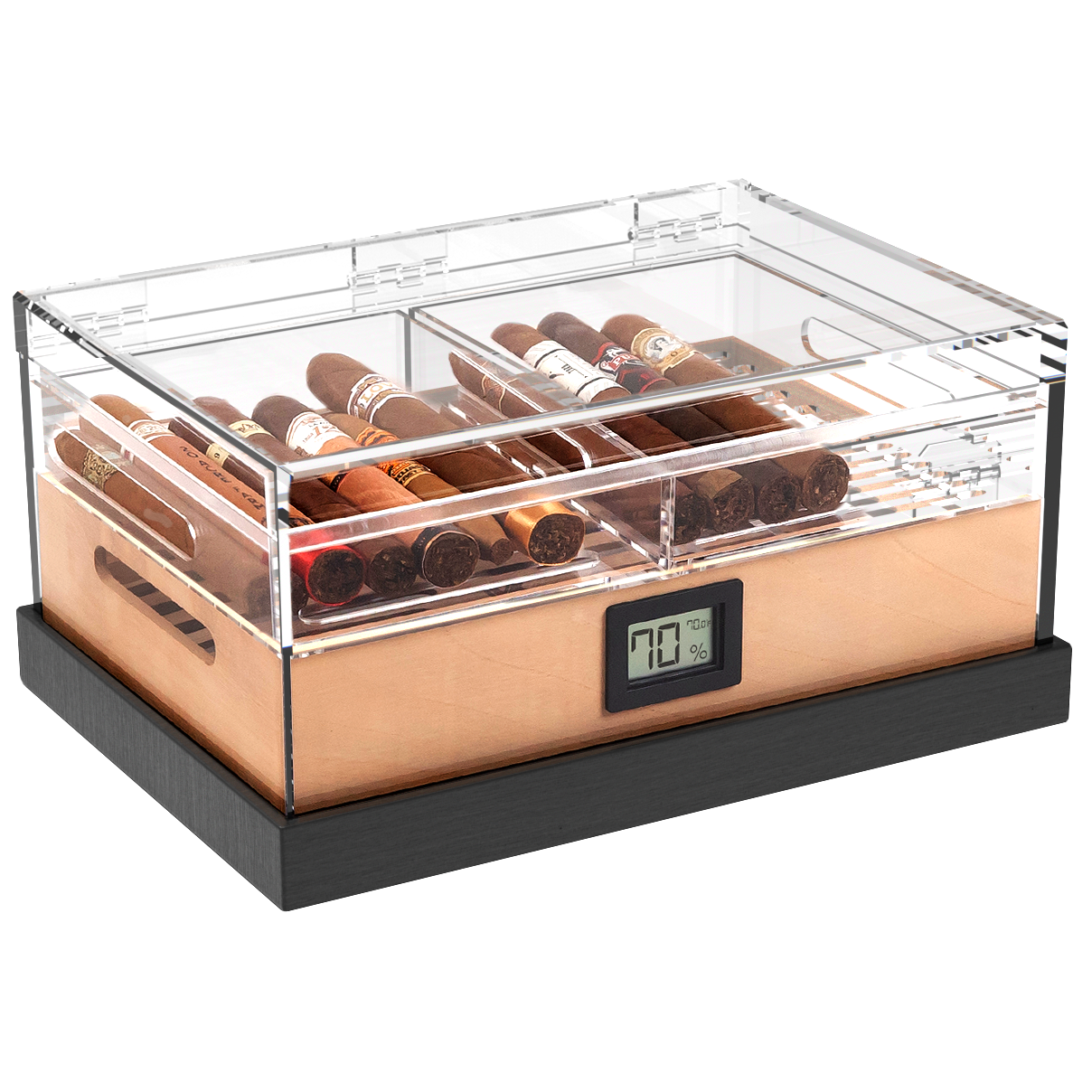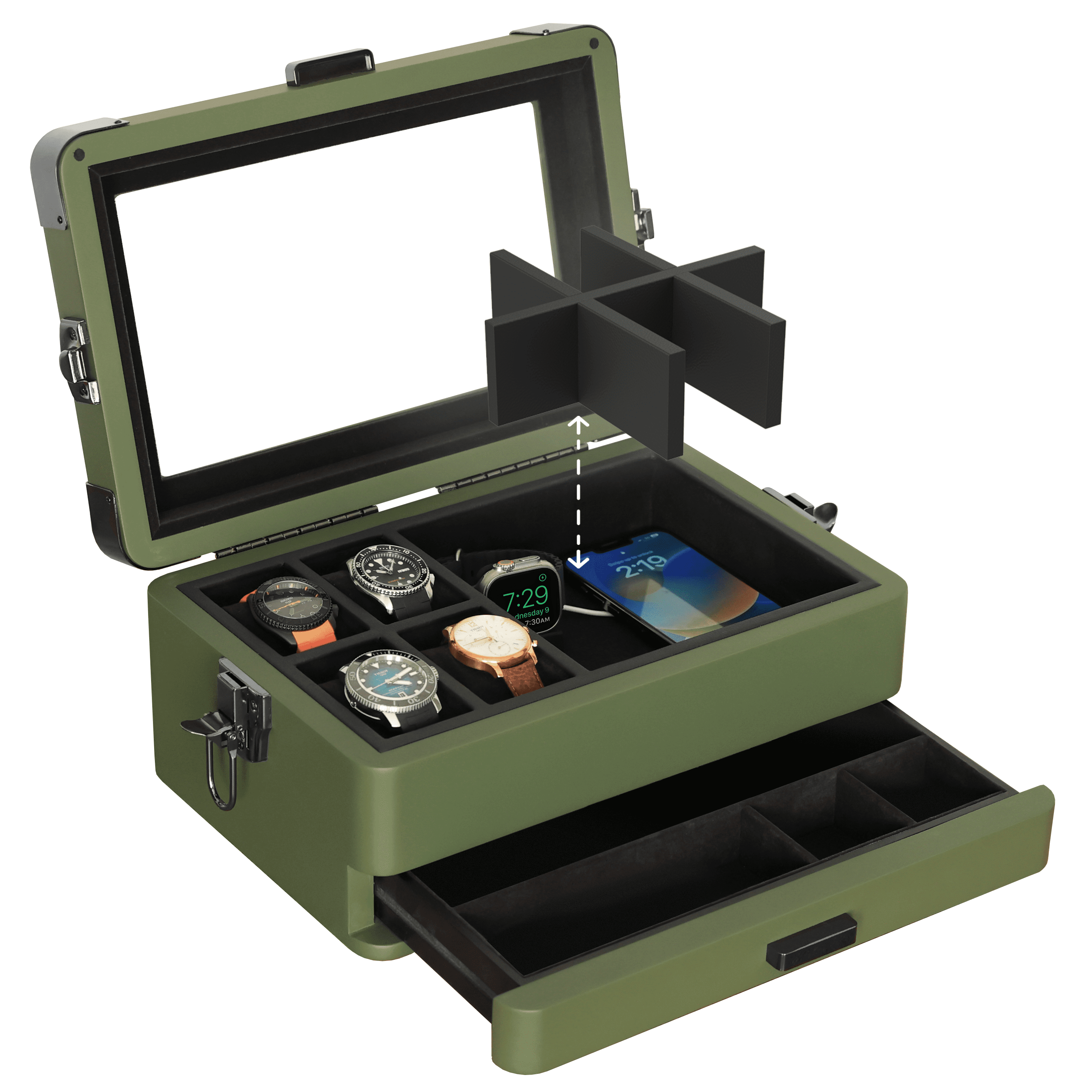Track cigar culture and the popularity of the cigar over the last century, and you’ll understand that we’re experiencing a kind of modern-day Enlightenment when it comes to the quality, accessibility, and technology prevalent in the cigar industry today. We’re becoming a more informed audience when it comes to what cigars to buy, where to source them, and how to take care of them.
Things are looking good for cigar enthusiasts. More companies and businesses are connecting and expanding distribution and manufacturing, more information is widely available through print and online resources, and the technology of humidors and cigar accessories continues to improve.
But to better understand how good we have it, we should know the history that’s led us to this point—specifically with humidors. As cigars became popular in the U.S. and Europe in the 19th and 20th centuries, the development of the humidor was imperative to build interest in maintaining a quality cigar collection, both at the commercial level as well as in the household.
So let’s take a look at the history of humidors, looking into the different types, when and how they were developed, and how they might have impacted the greater history of cigars.
A Brief History of Cigars
The history of cigars is complicated, extraordinary, and worth your vested time wading through resources and books like The Ultimate Cigar Book to learn more. But our modern cigar’s relationship with South America is key, starting with the Spanish explorers who visited Cuba and first introduced versions of the cigar to a European audience which, until that time, had primarily smoked tobacco through pipes. We trace the word cigar to the Spanish, cigarro, which likely has a relation to the Mayan word for smoking, sikar.
The connections are vast, transcontinental, and traverse centuries. But in a very brief overview, we can see how the humidor was a direct result of popularity, trade, and the need to preserve quality tobacco in the cigar form across various climates and humidity levels.
Cuba remained a Spanish colony throughout most of the 19th century, and many of the most famous Cuban cigar companies were formed during this time, including Punch, Partagás, El Rey del Mundo, Sancho Panza, and Hoyo de Monterrey.
By the turn of the 20th century, cigars were arguably the most popular tobacco product in America, with premium, hand-rolled cigars from South American cigars remaining the best. Cigar factories were prevalent in most eastern and midwestern U.S. cities during this time, and in the 1920s machines were developed that could roll cigars, making them widely available.
Prior to the 1950s, Cuban tobacco was still being hand-rolled in Florida and was fairly affordable. But that all changed in the 1960s when Fidel Castro took over the Cuban tobacco industry, and not many years later, the embargo barred Cuban tobacco from the U.S. cigar and tobacco industry.
It could be argued this cinching of premium cigar tobacco further rarified cigars, making them more valuable and prized. This, in turn, could have spurred the popularity and importance of properly protecting and storing cigars, giving humidors a place in American households.
Types of Humidors in History
Throughout each of these various changes and turns in the history of the cigar, humidors changed in popularity, type, technology, and availability. Let’s take a look at some of the ways humidors impacted the cigar industry over the decades.
Cabinet Humidors
Some of the earliest models of humidors were of the cabinet variety, replicating the curing barns of South America. In fact, the first cabinet humidors were made from exotic wood brought from South Africa in the late 19th century by Terence Manning, an Irish furniture maker credited as the inventor of the first cabinet humidor. His business and family went on to make well respected cabinet humidors, with the Manning name becoming iconic in the humidor industry.
Those early curing barns were made of Spanish cedar, which is still the most ideal material for modern-day humidors. The wood worked well for maintaining the right humidity levels for storing the tobacco, and even as humidors have gone on to be crafted with any array of different materials, Spanish cedar has remained the best for storing cigars.
Desktop Humidors

Zino Davidoff is generally championed as the inventor of the desktop humidor. His father was a tobacco merchant, giving young Zino Davidoff an appreciation for quality cigars from an early age, and his travels to South America, including Cuba, led him to invent a product to imitate the climate and humidity levels of Cuba. Davidoff is also credited with creating the first self-regulating humidor as well as the first walk-in humidor. And Davidoff walk-in humidors are still being created to this day.
Davidoff humidors also achieved widespread respect due to his uniquely crafted aesthetic, with the design a quality as much as its pragmatic humidification purposes. While cigar smoking has always been associated with a certain aesthetic, Davidoff is responsible for setting the bar for classic, well-designed humidors.
The desktop humidor remains an important accessory for cigar enthusiasts. And we should note that these smaller humidors—with a capacity somewhere between 10-100 cigars—was a game changer for the cigar industry, giving smokers an affordable, intuitive way to store cigars and increase their lifespan.
Learn more about our own Klaro desktop humidor by clicking here.
Portable Humidors
In 1998, G. Gerry Schmidt of Newport Beach, California, patented the first known portable humidor, featuring a telescopic design and humidification elements on the top and bottom of the case. Portable humidors and cigar travel cases today feature humidification packs that allow the traveler to carry 2-5 cigars in a small pouch, perfect for weekend getaways or business trips.
Modern Humidors
So, where do modern humidors stand as cigars again become more popular in the general public and a younger audience is learning and partaking? Well, there have certainly been aesthetic changes over the years, and technology has advanced as well. Let’s take a closer look at what makes modern cigar humidors so great.
Technology
Modern humidors continue to evolve, but some of the most important elements remain the same. Quality handiwork, Spanish cedar material, a good seal, and an efficient humidification system are just as important in humidors today as they were with some of the earlier models.
However, new developments like the electric humidor allow cigar owners to control not only the humidity, but temperature as well. Digital hygrometers make it easier to check humidifications levels more accurately, and without opening the humidor.
And it’s more than just humidors that are modernizing. For example, torch lighters continue to modernize as even more jets are added, the butane fuel is further refined, and more styles of lighters get introduced into the market.
Check out the torch lighters that we carry by clicking here to see just how good they’ve become!
Home Collections
Today, cigar enthusiasts generally spend more on premium cigars than ever before. Similar to the high-end liquor market, it’s becoming more common for household owners to invest in their own collection of high-end cigars.
And, because of this, they’re also investing more in high quality humidors. Or, in some cases, high volume humidors, like cabinet humidors or walk-in humidors. It’s not uncommon now for the private household to build walk-in humidors that are capable of housing thousands of cigars.
Accessibility & Variations
While some recommended standards exist for modern humidors—like Spanish cedar—variations have come about over the years, with materials and design varying to create more affordable options.
For example, acrylic humidors are available, with some featuring Spanish cedar inlay to maintain humidification levels. Other humidor travel cases are designed to handle depressurization that occurs during flight when the humidor is stored in the aircraft bay rather than the cabin. The market continues to evolve and bring about new types of humidors, variations on designs, and approaches to aesthetics.







